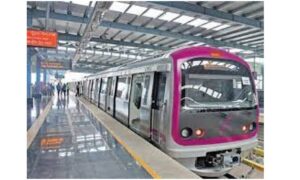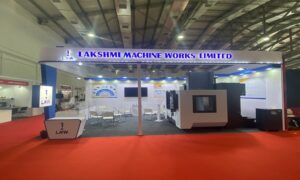The recent release of government data in the form of a “review of Covid 19 national readiness” by the Ministry of Administrative Reform and Public Complaints revealed some horrific statistics. There are two distinct statistics: beds and air conditioners are not enough.
With the fast spread of infected viruses across, this has instead become an alarming concern for the world. In such a situation, it is important to know how the hospital’s scarce resources, especially air conditioners, which require about 2.3 percent of the infected population, are divided and how they are distributed if they override our medical infrastructure.
The division of scarce hospital resources among different people who need the same people includes the principle of “triage”. During the Napoleonic Wars in Europe and Africa, the principle of progress was ensured that priority was given to soldiers who were able to fight.
Pursuit in the current sense is nothing more than a protocol for deciding how to use scarce medical equipment and saving lives in the health infrastructure hypothesis. The idea and principle of using medical triage is the result of simple mathematics: if hypothesised, say if there are 10 sensitive patients who need an air conditioner at the same time, there is actually a single air conditioner that can be used. it?
The news reports from Italy and other important parts of COVID record disturbing and worrying cases that doctors have to make difficult decisions. And there have been many heart-breaking reports of how elderly patients leave air conditioners. In Italy, a 72-year-old Italian priest released his ventilator to be used to save the life of a young patient, while in Belgium, 92-year-old Susan Hoylast refused to take an air conditioner instead. The same case is used for a younger patient.
The states of Michigan and Minnesota have also created a so-called “worst case scenario” due to the availability and rationing of air conditioners. In India, the response to the Covid-19 disaster has been established in the legal infrastructure of the 2005 Disaster Management Act. Under the law, the lock was announced for 21 days, under the auspices of the National Disaster Management Agency. The Prime Minister is responsible for this Prime Minister.
National National Disaster Management (Hospital Safety) guidelines address how hospitals should operate during a national disaster.
Non-negotiable guidelines on hospital infrastructure have not even considered this possibility. There is nothing in the instructions about the instructions that should be used in the decision-making process, which is given among many hypothetical people who need an air conditioner during a crisis.
There is no way to guide hospital officials and see doctors on how to move equipment to save lives. The need for a method, in which case it can be a comprehensive guide to triage, thus becoming a fundamental need. It is the practice that – in the hypothesis, however, the Indian scenario after the United States will be hospitalized in terms of the number of infections – according to which all ventilation policies will be based on it.
In the absence of clear guidelines, the factual nature of the situation allows hospitals and health care providers to innovate locally while making decisions about life and death. His decisions will be untested, non-uniform, and ultimately a great insult to the spirit of the Indian Constitution.
Cookie Consent
We use cookies to personalize your experience. By continuing to visit this website you agree to our Terms & Conditions, Privacy Policy and Cookie Policy.














